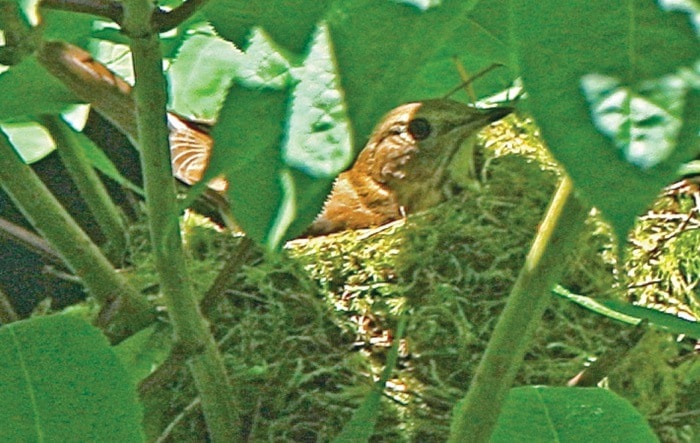Any first-of-its-kind Canadian report warrants attention, particularly when it relates to the delicate state of our country’s birds.
Finally, we know exactly how the nations birds are faring; on June 27 this year, Nature Canada and other members of the North American Bird Conservation Initiative released “The State of Canada’s Birds 2012”, drawing on 40 years of data.
Some species are doing well: bald eagle, osprey and peregrine falcon numbers increased due to conservation efforts and pesticide bans. Fans of slick sports fields rejoice, for Canada Goose numbers are increasing.
However, Canadian bird populations have declined on average by 12 per cent. Grassland birds and aerial insectivores are declining. Many migratory shorebird species are in trouble.
There is some good news: birds that over-winter in Canada have increased by about 50 percent, but migratory species don’t fare well, particularly those that winter in South America (60 percent decline).
Toss in marine littering and the news gets worse. On July 4, scientists released alarming results of a project to assess plastic ingested by North Pacific Ocean seabirds.
Examination of stomach contents of 67 beached Northern Fulmars – a species that forages exclusively at sea – collected in the Pacific Northwest, found over 92 percent with plastics in their stomachs.
On average, 36.8 pieces of Styrofoam, candy wrappers and twine were found, per bird. This high level of plastic ingestion rings alarm bells regarding plastic pollution off our northwest coast.
Both studies provide clear evidence that bird numbers decline due to human inaction or worse, harmful action.
E-mail Christine at: wildernesswest@shaw.ca.
